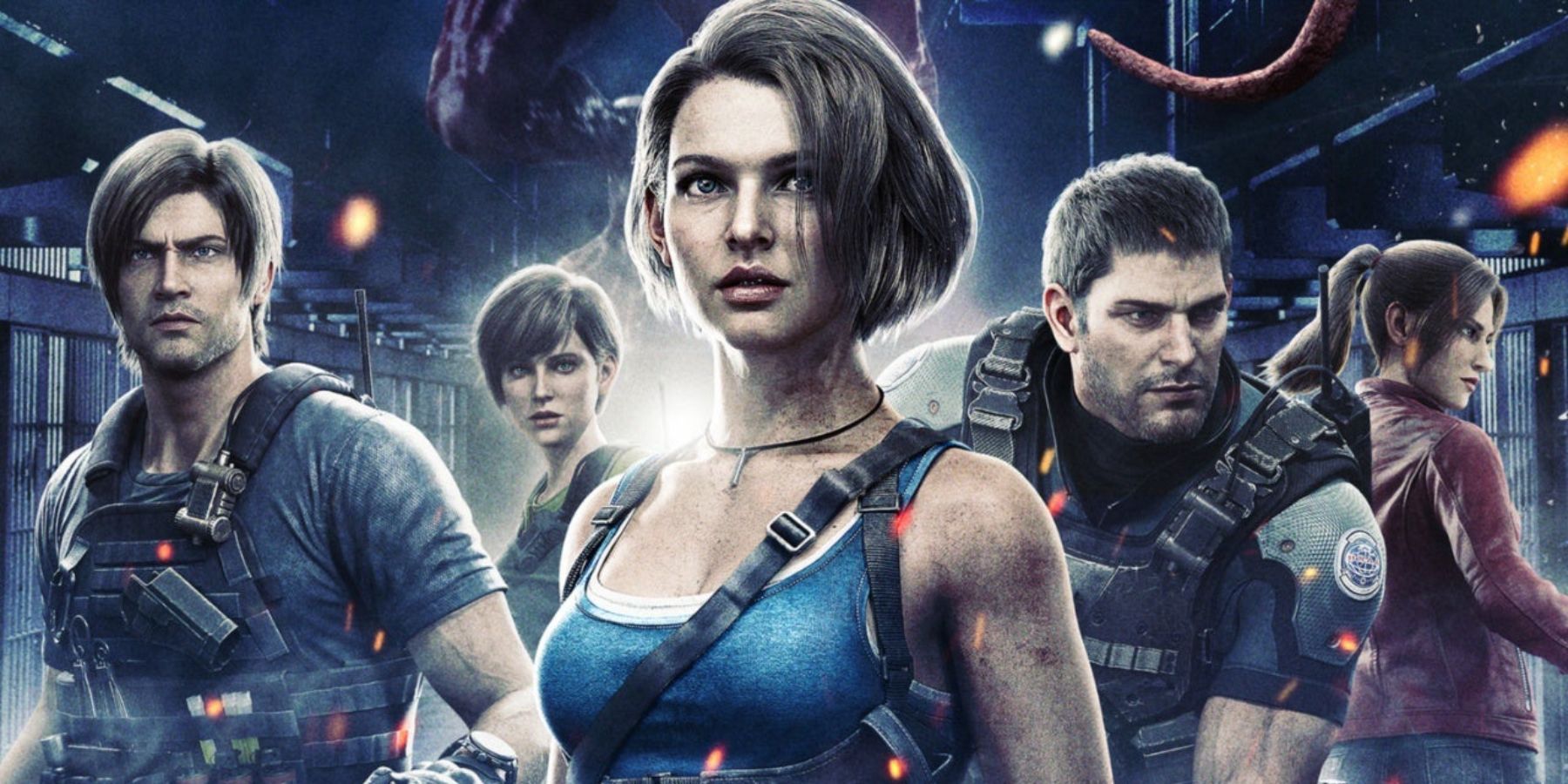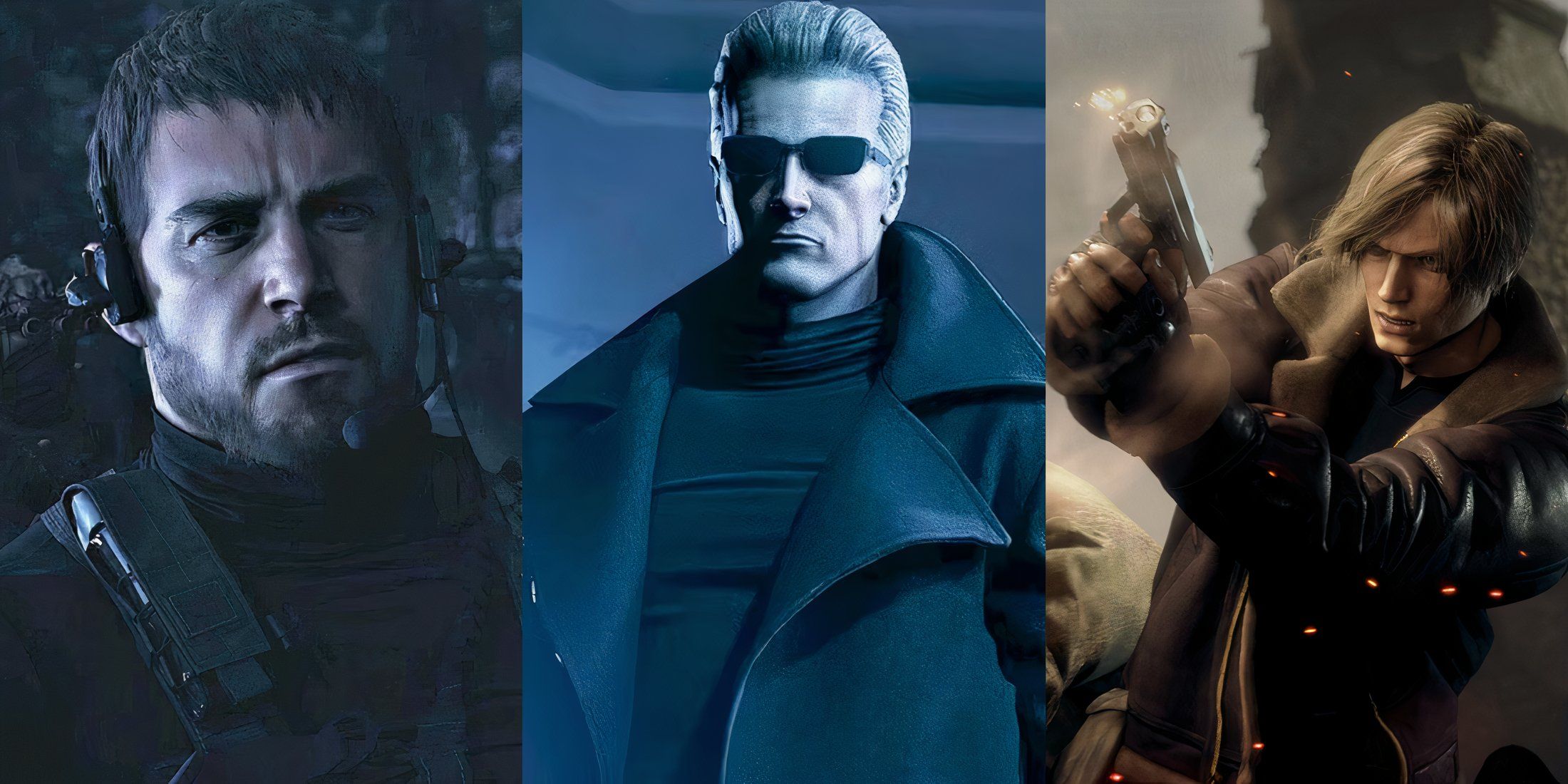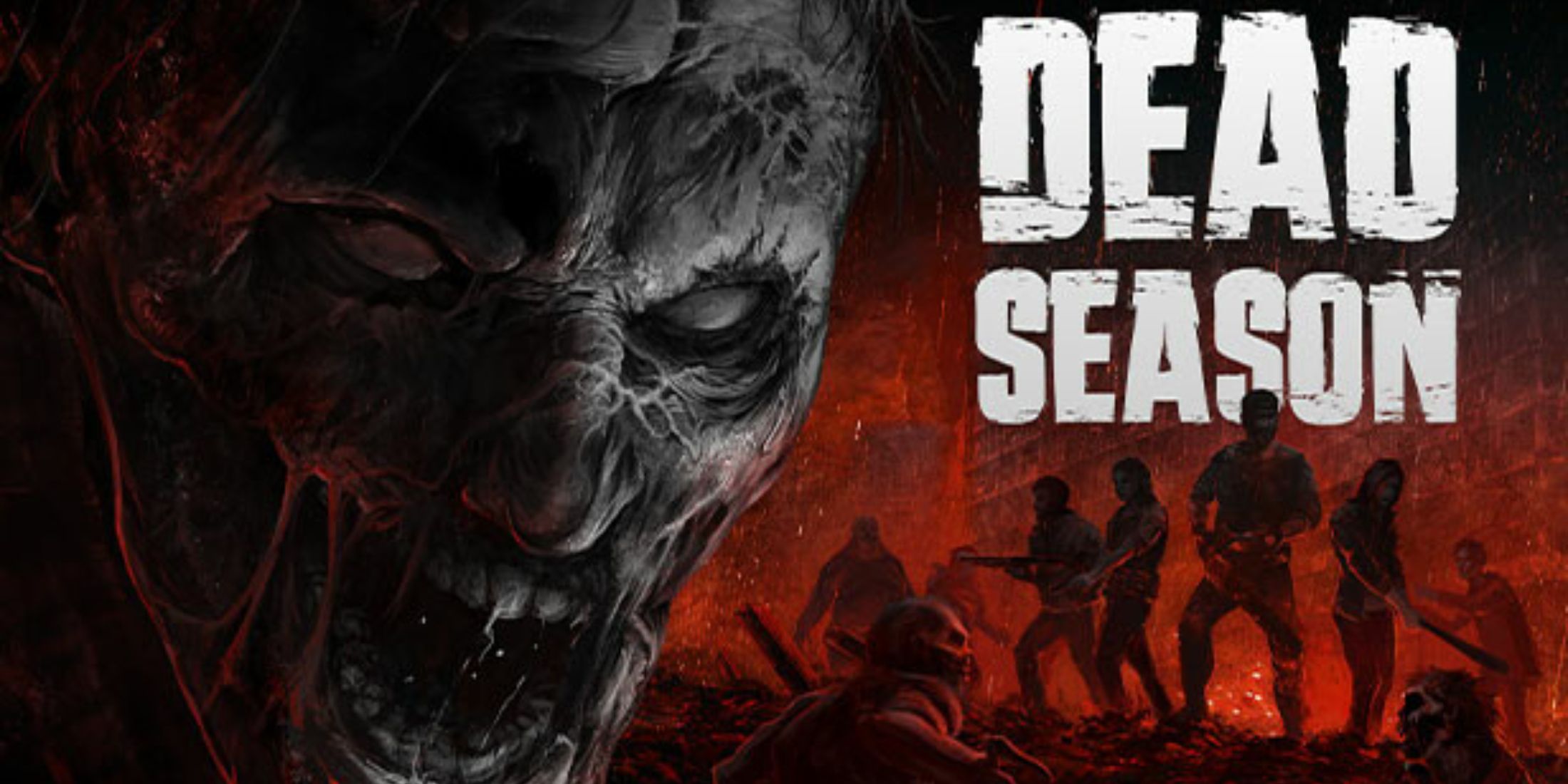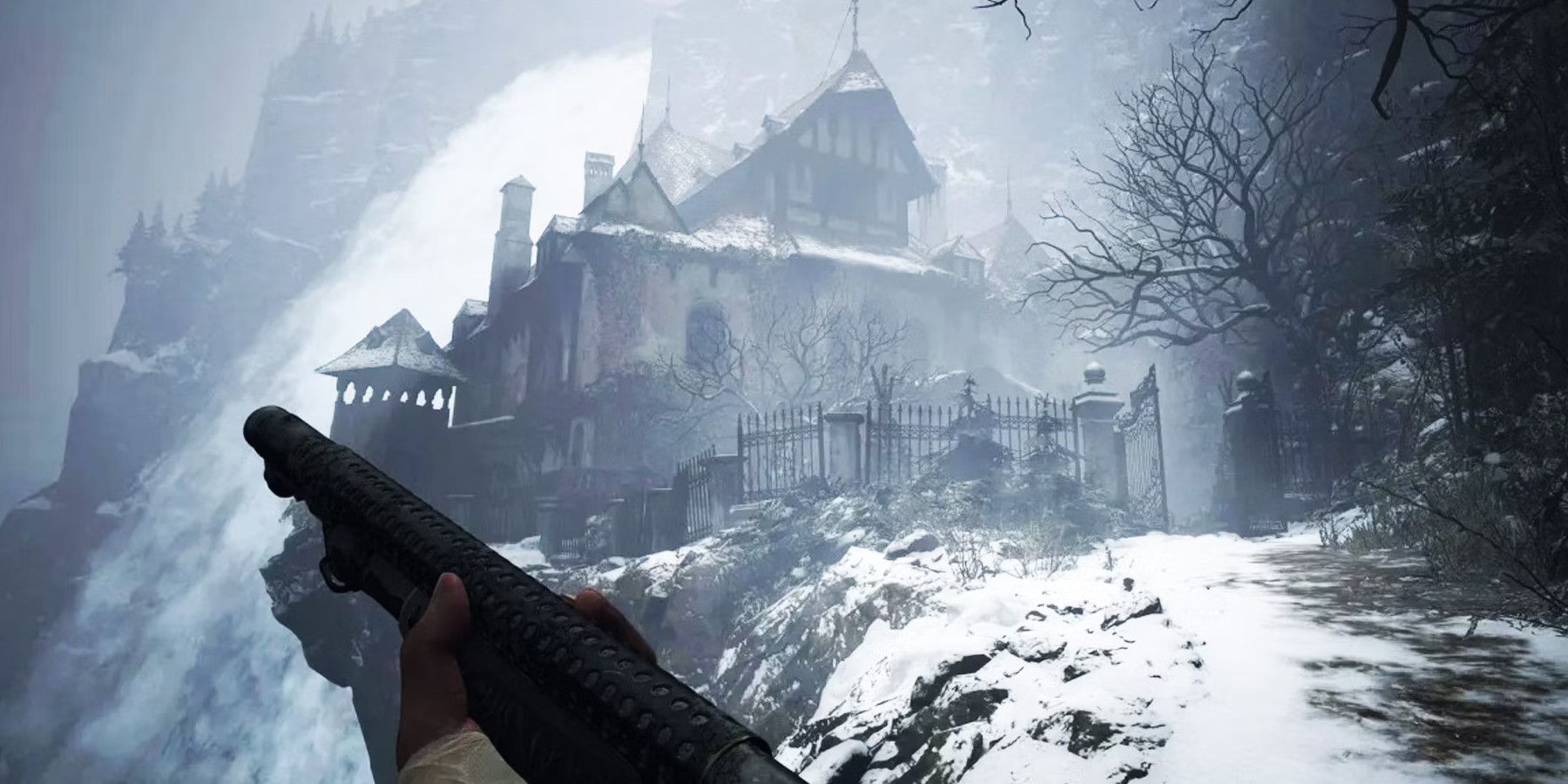Highlights
- Resident Evil 9's rumored open-world could work well if it took inspiration from The Evil Within 2's success in melding scares with sandbox exploration.
- Though not fully open-world, The Evil Within 2 uses the town of Union to showcase how open design can enhance horror gameplay dynamics like resource management, choice-driven encounters, and impactful storytelling.
- As Resident Evil 9 potentially ventures into open-world territory, it must adapt core elements like level design, puzzles, and gear systems to maintain a sense of horror immersion.
Although not much is known about the hotly anticipated Resident Evil 9, the internet has been rife with speculation, as is so often the case with long-awaited sequels. One of the most interesting and widely discussed prospects is Resident Evil 9's rumored open-world, which has been pondered over for quite some time and was recently reinforced by reputable leaker Dusk Golem in March 2024.
One of the reasons why this possibility is so intriguing is due to genre conventions: open-worlds and survival horror don't typically mix. Of course, there are survival games with horror elements, such as The Forest and Subnautica, but when it comes to the genre's most recognizable, seminal titles, open-worlds are fairly sparse. This makes sense, as the horror found in games like Resident Evil typically demands a controlled tone and nuanced pacing that can be hard to achieve alongside the freedom inherent in open-world design, but there's one game that arguably achieves the best of both worlds: The Evil Within 2.

Resident Evil 9's Rumored Size Could Have a Positive Impact on Its Characters
The ways with which Resident Evil has handled its characters’ development could change for the better if RE9 ends up going open-world.
What Resident Evil 9's Open-World Could Learn from The Evil Within 2
The Evil Within is often considered underrated. Its tone, gameplay, and narrative could stand toe-to-toe with a series like Resident Evil or Dead Space, but the IP is usually not spoken of in the same terms as those prestigious franchises. There are a number of elements that have helped both Evil Within games to achieve its cult classic status, but many fans point to the second game as a significant improvement; not only is it more polished and ambitious than its predecessor, but it makes numerous inventive design choices, not the least of which being its somewhat incongruous yet well-designed open-world spaces.
The Last of Us 2 and Alan Wake 2 both feature semi-open levels that may have been inspired by The Evil Within 2 , but it's debatable whether they are as expansive, deep, or effective from a horror perspective.
The Evil Within 2's Open-World Design Complements Its Horror
The general concern with making a horror franchise like Resident Evil open-world is the effect that such a change will have on things like tone and tension. The Evil Within proves that freeform exploration and scares don't have to be mutually exclusive, though, as the sandbox level that is the town of Union is arguably one of the scariest and most immersive parts of the game. Level design, narrative context, and atmosphere all play key roles here, but navigating the mysterious and otherworldly town with little to no sense of direction also helps to elevate the horror. Indeed, The Evil Within 2 proves that the freedom associated with an open world can actually buttress a frightening experience, as players don't have a reliable sense of structure or linearity to guide them.
Open-world design also synergizes with The Evil Within's gameplay mechanics. Like so many other survival horror games, resource management and optional upgrades play a significant role in The Evil Within 2's core gameplay loop. Choosing when to shoot a gun, when to run away, and when to take bigger risks for the chance of getting a worthwhile reward are all decisions players have to make in-game. Through its open-world structure, The Evil Within 2 is able to make these decisions more dynamic, varied, and unpredictable, whereas they can feel tied to setpiece moments and linear exploration in other survival horror games.
Resident Evil's environment design, resource economy, approach to puzzles, and gear system will all need to be molded around the open-world structure, and this could make Resident Evil 9's theoretical open-world necessarily different from The Evil Within 2's. This is especially true if RE9 is entirely open-world rather than just featuring a few open levels during specific chapters. At the same time, The Evil Within 2 could serve as good inspiration, as its open-world is tight, clever, and doesn't betray survival-horror fundamentals.

Resident Evil
Resident Evil is a long-running survival horror franchise developed by Capcom. Spread across numerous mainline and spin-off entries, the series is known for it’s third and first-person action horror, zombie-related monsters and references, and challenging puzzles.



